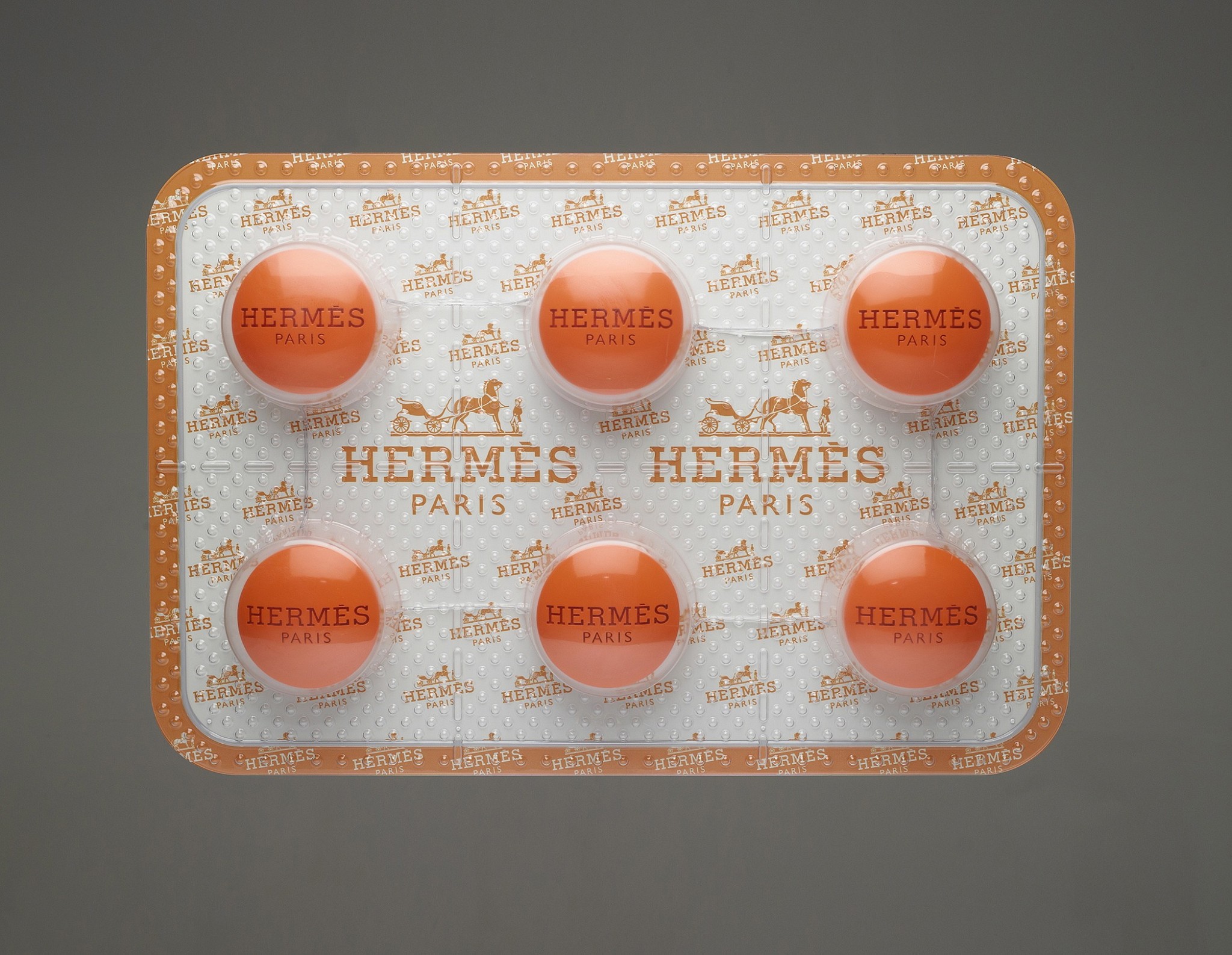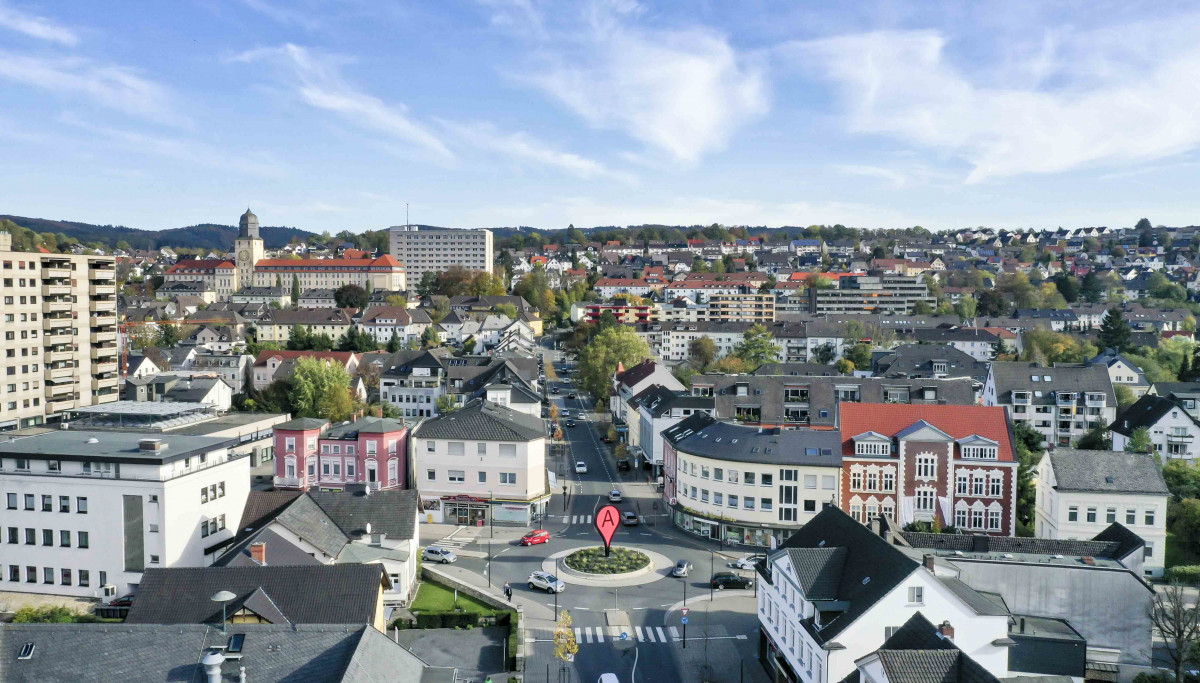Walking as Methodological Research
Many of the paintings, sculptures and assemblages I have created over the years have relied on walking in some form or another. Plein air painting relies on walking and exploring to discover a view I want to paint. Also, many of my studio based paintings are worked up from preliminary sketches and studies made during walks. Moreover, walking is fundamental to collecting found objects and materials that inspire and are incorporated into mixed media and sculpture artworks.
Partly due to the safety restrictions of Covid-19 and wanting to highlight the issues of our throw-away society, I decided to use a written journal and photos to document my walks and the litter I discovered. Initially, my intention was to use this documentation as inspiration to create new artworks such as, printed books, internet artworks, data art prints, installations, sculpture and mixed media paintings and assemblages: However, I soon realised the walks and journals are an artwork in their own right and a method I want to research further.
Part of my research, is to map and plot the path of each walk and highlight what I discover. I see each plotted route as a drawing, physically drawn with my feet, plotted digitally on Google Maps, and then reinterpreted into the physical world in the form of an installation or mixed media artwork.
"Bodily methodologies that engage with the affective, rhythmic, and temporal dimensions of movement have altered the landscape of social science and humanities research. Walking is one such methodology by which scholars have examined
vital, sensory, material, and ephemeral intensities beyond the logics of representation."
Springgay, S. and Truman, S. E. (2017)
Sustainable Lives
In The Romantic Ethic and the Spirit of Modern Consumerism Campbell Jones argued that the responsibility for tackling climate change lies with governements and corporations because they have the power to bring about change. However, I don't believe this releases us from the responsiblity of doing our best to live more sustainable lives.
"Sometimes people describe me as the lonely Englishman, walking down misty country lanes. That can be one way of thinking. But if you want to make different kinds of walks, you’re trying to do different things. And so then you have this walk, that walk, that kind of walk, these walks, and so you have a vocabulary or repertoire of different kinds of walks. Sometimes you make that walk and then it becomes like a different one. And inescapably, they all have to do with time." (Fulton, 2007)
Human Condition
Sadly, I am no longer shocked at the state of public places, with piles of discarded cans and food containers left where people sat, after lovely summer's day. And even when bins are only a short walk away! What I struggle with is, some people head to beauty spots because they beautiful but leave them scarred and ugly with little or no thought to who will use the area next or who has clear-up after them. Furthermore, human behaviour is influenced by how dirty or littered a space is. The worse a spaces is blighted by litter the more it will attract [see Rangoni, R. and Jager, W. (2017) for more detail]. or the amount of discarded tents and plastic cups strewn across fields after a music festival.
I, like many others, especially during Covid-19, use walking and exploring local environments as coping mechanism, to take in the views and clear my head. However, coming across a pile of bottles or fast-food packaging causes more frustration. According to Clean Up Britain (2017) impacts the human condition; "A poor-quality local environment can also have wider impacts on public health, including mental health problems such as anxiety and depression. On the flip side, living near good quality, accessible green space can improve mental and physical health."
“Performance’s only life is in the present. Performance cannot be saved, recorded, documented, or otherwise participate in the circulation of representations of representations: once it does so, it becomes something other than performance. […] Performance occurs over a time which will not be repeated. It can be performed again, but this repetition itself marks it as “different.” The document of a performance then is only a spur to memory, an encouragement of memory to become present.”
(Phelan, 1993)




